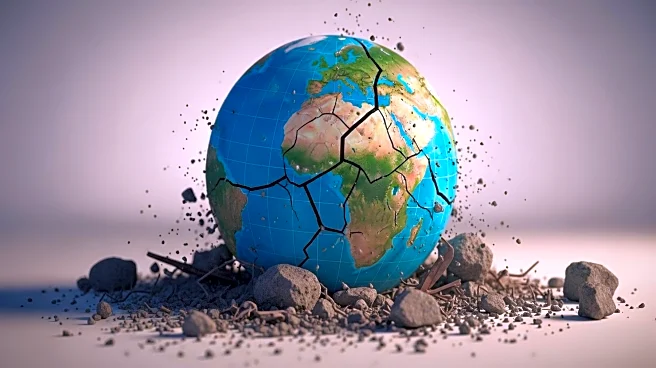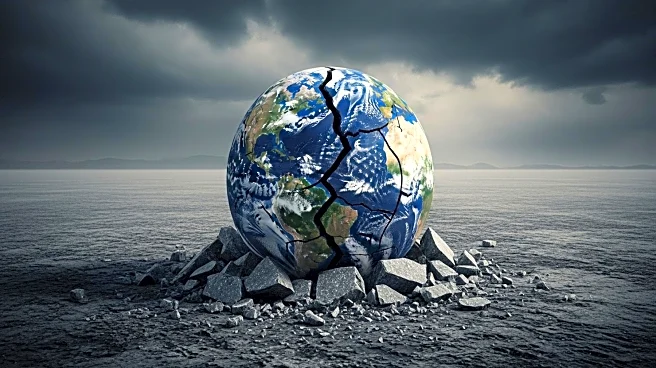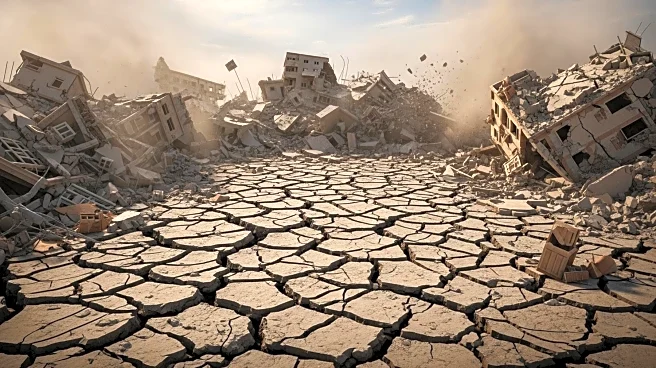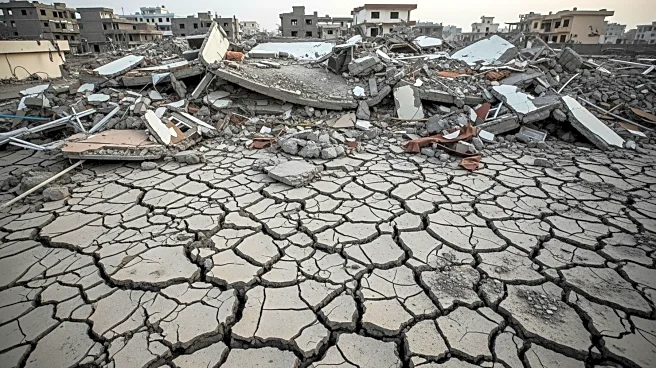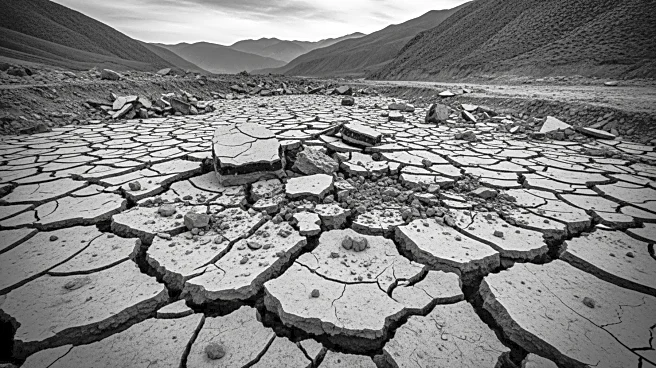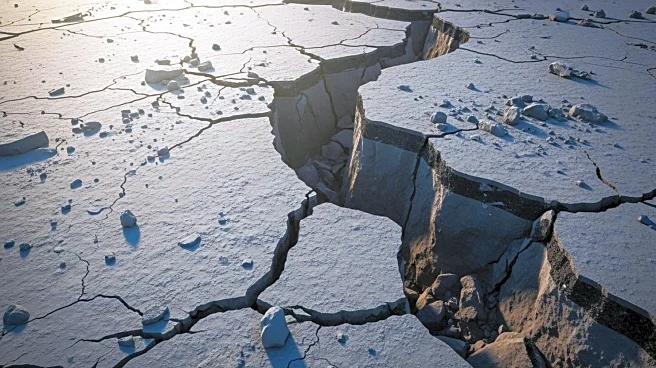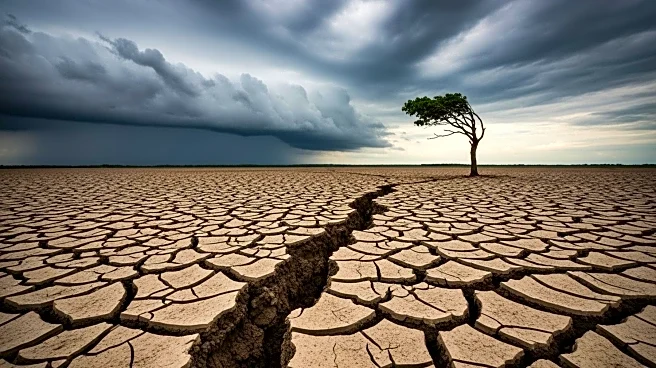What's Happening?
A magnitude 6.0 earthquake struck eastern Afghanistan, causing widespread destruction and resulting in approximately 800 deaths and over 2,500 injuries. The quake occurred near Jalalabad in the province of Kunar, with its epicenter 17 miles east-northeast of the city. The shallow depth of the earthquake, at just 5 miles, contributed to the extensive damage. Rescue operations are underway as residents and emergency teams search for survivors amidst the rubble. The Taliban government has reported significant casualties, particularly in Kunar, where entire villages have been devastated. The earthquake has disrupted communications and blocked roads, complicating relief efforts.
Why It's Important?
The earthquake exacerbates existing humanitarian challenges in Afghanistan, a country already facing issues such as drought and the forced return of refugees. The disaster highlights the vulnerability of Afghanistan's infrastructure, with many buildings constructed from mud bricks and wood, making them susceptible to collapse. The international community's response is critical, as aid is needed to address the immediate needs of survivors and support long-term recovery efforts. The earthquake also underscores the need for improved disaster preparedness and infrastructure resilience in the region.
What's Next?
Rescue operations continue as medical teams from various provinces and Kabul arrive to assist. The Taliban government is coordinating relief efforts, but the scale of the disaster may require international aid. The United Nations and other humanitarian organizations are expected to play a significant role in providing support. The earthquake's impact on Afghanistan's already strained resources could lead to increased calls for international assistance and funding to address both immediate and long-term needs.
Beyond the Headlines
The earthquake in Afghanistan may lead to a reevaluation of disaster preparedness and infrastructure development in the region. It highlights the need for international cooperation in building resilient communities capable of withstanding natural disasters. The event also raises questions about the role of the international community in supporting countries with limited resources and infrastructure. Long-term, this disaster could prompt discussions on sustainable development and the importance of investing in infrastructure that can withstand environmental challenges.
